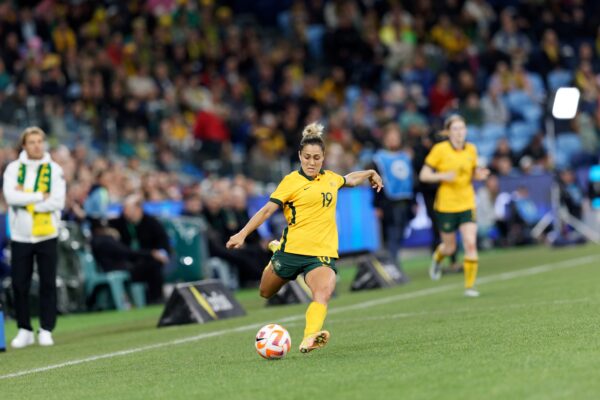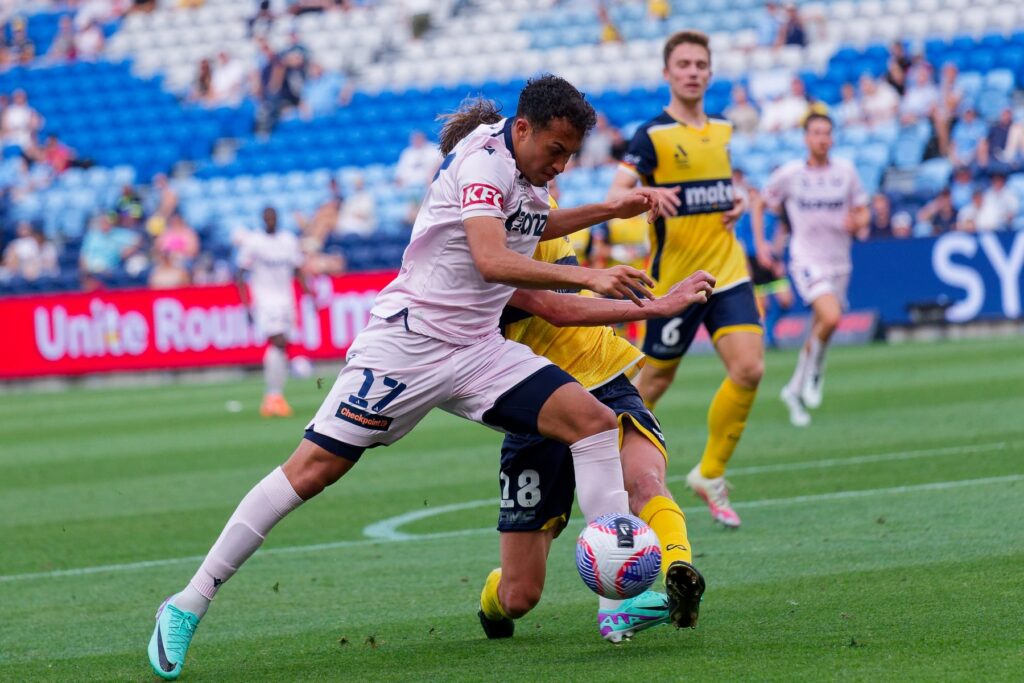
We now live in the golden age of technology. That’s a given.
Everything you could do on a computer 20 years ago can now be done twice as fast on a device five times smaller.
It’s the way of the future and there’s no disputing that.
Even sports that were created thousands of years ago are now utilising technology in attempts to make their game better.
Football is no exception. Take the recently completed 2018 World Cup in Russia.
This World Cup was arguably one of the best in recent memory and one filled with many amazing memories.
From the 3-3 draw between Spain and Portugal, to the explosion of Kylian Mbappe and to the shock elimination of Germany, it was a tournament that never ceased to amaze.
But this World Cup was also the first to use the newly introduced VAR (or Video Assistant Referee) program.
Granted, the program isn’t perfect and will take some time until it’s unanimously considered a good addition to the world game.
Just like any technologically advanced program in sport, the VAR has its naysayers. And these people aren’t necessarily incorrect, either.
The fact the referee is left with the final decision is a part of the program that has caused perhaps the most controversy.
This is perhaps where those in charge can look at a sport like cricket, which utilises the third umpire system perfectly and utilises a technologically advanced program in a way that is conducive to the product and quality of the sport.
But with the way the world is moving on and off the football pitch, it’s a great place to start, despite its controversial outcomes in some matches in Russia, none more so than the final.
Looking past VAR, there are many other forms of technology that allow the game to be improved.
Referees at a high enough level wear watches that don’t just tell them when to blow their whistles to start or end play, but also shots on goal that may or may not have crossed the line.
Big screens at matches allow fans to be able to see the game from a viewpoint closer to the action as well as their general view.
Live footballing updates from around the globe, something usually hard to come by have now been made so readily available in the last 20 years that it’s as easy as turning your phone on and opening an application.
We even see this at National Premier League level in Australia through the use of football updates app Futbol24.
People nowadays can see everything on these kinds of apps.
From who’s starting, who’s on the substitutes bench, who gets yellow carded, who gets red carded, who scores, you get the picture.
This kind of access is unprecedented and has allowed the world game to develop into exactly that, a game that can be viewed and kept track of worldwide.
It’s gotten so far that on social media platforms such as Twitter, Facebook and Snapchat, games can be recorded (even if it’s just in small doses) and broadcasted live to anyone in the world who wishes to watch the match.
Live broadcasting isn’t something we aren’t accustomed to but the way in which broadcasting has evolved ever since the 70’s and 80’s has seen the game grow rapidly in some parts of the world.
Let’s look at the 2018 World Cup again. The way the games were broadcasted in Russia was vastly different to that of previous tournaments.
In previous tournaments, games would be shown on recognised channels in different countries and for Australia that was SBS.
For the Russia tournament, Optus acquired the rights to broadcast all 64 games and this was seen as a step into the future.
For a few years now we have become accustomed to seeing popular movies, TV shows and documentaries finding their way onto streaming services such as Netflix and Stan.
For football, it was time to make a similar move into the future. But despite all the promises made, Optus wasn’t able to deliver and its coverage of the tournament was amateurish and left many football fans across Australia shattered at not being able to see the finals of the greatest tournament on planet Earth.
But despite all this, perhaps the biggest technological change in football has been with how players train.
With so much technology now at clubs’ disposal, there are countless ways for players to be trained that are now vastly different and superior to some of the methods used way back when.
Australian company Preau Sports has come up with a genius idea to incorporate new technology into the training of aspiring footballers across the globe.
Their project ‘SmartGoals’ is a fun and innovative way of allowing technology to become an integral part of training sessions and player development from the grassroots level all the way up to clubs that are playing in the UEFA Champions League.
‘SmartGoals’ are training cones that light up when sensors in and around the cone have been triggered. So when a player kicks a ball between two different cones, they will light up.
This information can then be stored onto a cloud and then documented by the respective clubs to keep a close eye on player’s development and improvement over time.
All information can be stored and viewed on the SmartGoals app which is the cherry on top of this revolutionary idea.
With this technology now in the hands of some of the biggest clubs in Europe such as Ajax Amsterdam, it’s extremely safe to say that technology in football has arrived and if anyone has anything to say about it, it’s going to improve the quality of football and footballers to no end.


























